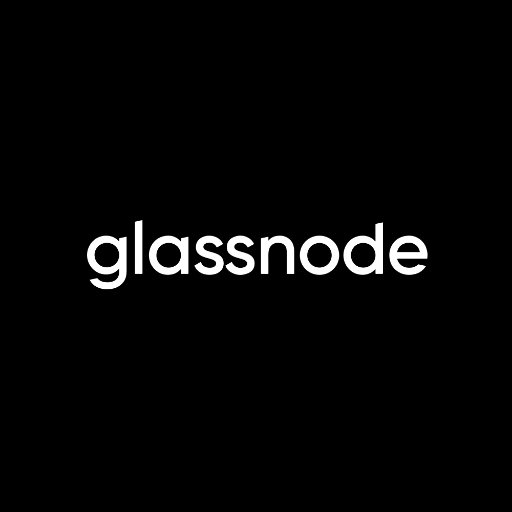Glassnode: How to Determine Market Bottoms and Entry Timing?
Original Title: Breakdown Metrics Applied: Identifying Local Bottoms in a Bull Market
Original Author: Ukaria OC, CryptoVizArt, Glassnode
Original Compilation: LadyFinger, BlockBeats
Editor's Note:
In the rapid evolution of the digital asset market, precise data analysis has become key for traders to grasp market dynamics. Glassnode's latest launch of 28 segmented metrics also marks a significant leap in the field of on-chain analysis. These metrics not only provide deep insights into the behavior of short-term holders but also offer traders powerful tools to identify market bottoms and optimize trading strategies.
In a significant development in the field of on-chain analysis, Glassnode has recently introduced a set of 28 new metrics aimed at providing a more detailed perspective on the digital asset market. You can read our original announcement here for more information.
These detailed metrics can change the game for traders. They provide highly detailed and intuitive insights that can be translated into potential buy and sell signals. One powerful function of these new metrics is to identify the exhaustion levels of sellers within different age groups of short-term holders.
By applying our newly segmented metrics, traders can now more accurately determine the severity of unrealized losses and the timing of stop-losses, which often signal market bottoms and potential entry points during a bull market. This report explores this framework in detail and summarizes it below, providing actionable insights for traders aiming to optimize market entry or DCA strategies.
Why Focus on Short-Term Holders?
In the context of on-chain analysis, long-term holders (LTH) and short-term holders (STH) represent groups with different behaviors and market impacts. Short-term holders are often newcomers or speculative traders who are more sensitive to price changes. During a bull market, these investors tend to be the ones who incur the most losses, as they are more easily influenced by market fluctuations to sell. This phenomenon makes the analysis of short-term holders particularly valuable when identifying market bottoms.
Benefits of Applying Segmented Metrics to STH
By segmenting the short-term holder group by age, we help traders more effectively identify periods of seller exhaustion. For example, we can observe how unrealized loss pressure and capitulation events spread within the short-term holder group, starting from the shortest time frames (1 day) to longer time frames (1 week to 1 month, or even longer). This inside-out progression provides clearer signals of potential bottoms and market reversals.

In other words, the insights provided by more granular metrics allow traders to detect the convergence of capitulation events across different short-term time frames, significantly increasing the likelihood of identifying short-term bottoms.
Framework for Identifying Local Bottoms in a Bull Market
To identify the state of seller exhaustion, we utilize a series of key metrics that provide insights into unrealized and realized losses within the short-term holder group. This framework consists of the following metrics:
STH MVRV by Age: Market Value to Realized Value (MVRV) measures the unrealized profit or loss of an asset. When MVRV is significantly below average, it indicates a high level of unrealized losses among its holders. This helps detect early signs of seller pressure, as significant unrealized losses often precede actual selling activity by short-term holders.

STH SOPR by Age: The Spent Output Profit Ratio (SOPR) provides insights into whether the unrealized financial pressure observed in MVRV is being acted upon. A negative SOPR Z-score indicates that short-term holders are capitulating by selling their assets at a loss, thereby exacerbating seller pressure.

STH Realized Loss by Age: This metric assesses the magnitude of losses that short-term holders have realized. High realized loss values confirm that the seller pressure identified by MVRV and SOPR metrics has manifested, validating the seller exhaustion period by quantifying the extent of realized losses.

By using Z-Scores, we standardize these metrics, making it easier to compare and identify significant deviations from the average. Z-Scores highlight periods of extreme behavior, making it easier to detect when unrealized and realized losses are abnormally high. This standardization helps confirm genuine periods of seller exhaustion by filtering out noise and focusing on statistically significant events, providing clearer signals for traders.
Practical Applications for Traders
Using Glassnode's new segmented metrics to identify points of seller exhaustion in a bull market can offer traders numerous advantages. Here are the key benefits:
Early Detection of Local Bottoms: By identifying moments of severe unrealized losses and capitulation among short-term holders, traders can recognize market bottoms before they become apparent, providing opportunities for early entry points.
Optimized Dollar-Cost Averaging (DCA) Strategies: Understanding periods of seller exhaustion allows traders to implement DCA strategies more effectively, buying assets at lower prices during market bottoms to reduce average purchase costs.
Enhanced Market Timing: By observing how seller pressure propagates within the short-term holder group from the shortest time frames to longer time frames, traders can better time their market entries and exits, maximizing profits and minimizing losses.
Strategic Flexibility: Segmenting short-term holders by age allows traders to apply this framework to various trading strategies, from day trading to swing trading, ensuring they can adjust their approach based on specific market conditions. By leveraging the insights provided by our new segmented metrics, traders can gain a competitive edge in the market and make more strategic and profitable decisions.
Start Utilizing Glassnode's Segmented Metrics for Trading Today
Currently, these powerful segmented metrics are available only in the Glassnode Enterprise plan. A complete overview of the new metrics, dashboards, and documentation can be found here.
If you are an institutional trader or investor looking to leverage these metrics for a deeper advantage in trading Bitcoin and Ethereum markets, please contact our institutional sales team immediately.










